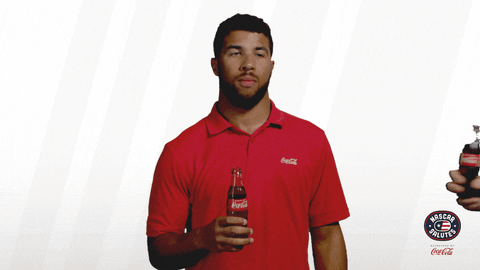If you know any brand, you know Coca-Cola. The ubiquitous soft drink and it’s definitive branding is globally recognized and it’s not hard to see why, with Interbrand rating it as one of the most valuable brands in 2017, with a brand value of up to 69.73 Billion US Dollars. Alongside their 36.7% North American market share, it’s understandable that any brand worth it’s money would want to invest in working out why Coca-Cola has maintained the public’s eye for over 100 years.

While there are many factors playing into the brands success, including luck, advertising, research and development and endorsement – a key factor for the brand was their product strategy. More-so, their ability to adapt their product for any available market, to make their product so pervasive that every consumer can find a Coca-Cola product just for them.
A model to help analyze Coca-Cola’s product strategy is The Ansoff Matrix. The model allows us to quickly summarize growth strategies and compare them to the associated risk. With each new quadrant you move into, risk increases. So, let’s see how they apply to Coca-Cola:

- Market Penetration – Market penetration focuses on selling the brands existing products to existing markets. Typical strategies for this sector include reducing price, increasing promotion, and increasing distribution. Coke’s original product line is most relevant here, and as for promotion, an easy example would be Coke associating their brand with Christmas. The campaign didn’t advertise new products, but succeeded in elevating the brand identity of their original product.
- Product Development – Product development is centered on introducing new products to existing markets. This can include modifications to an existing product, a product line extension, or a new edition of a product. Coke’s done this a few times, with their Cherry Coke, Vanilla Coke and Orange Coke varieties.
- Market Development – Market development is founded on the idea of an industry selling a company’s existing products to a new market. This can be geographical, demographically, or via new distribution channels. The best example here is Diet Coke and Coke Zero. Fundamentally the same product, but aimed at entirely different demographics; women and men respectively. When Coke discovered through its market research that men shied away from Diet Coke as a “girls drink”, they designed Coke Zero: a masculine, gritty, coke product with zero sugar. And as such, they’ve successfully created a more “masculine” product for the sugar conscious market.
- Diversification – Diversification is the concept of a brand producing new products, in new markets. Coke is an expert at this by now, with their variety of drink brands produced under a variety of different names, all with the same ownership. Currently, coke is investing in more health-conscious drink varieties, including water, flavoured water and kombucha. These products are an entirely new market to Coke’s current demographic, and an entirely new type of product. But Coke knows, with the growing sugar conscious trend, it’s where the money will be. Coke’s diversification is generally in the related sector; that is, drinks products.
With this model, it’s easy to decipher how much Coca-Cola has established its dominance over the drinks market, and provides an insight into how exactly they do so. With this model applied to product strategy and new markets, a brand can successfully risk manage their ideas and implement successful strategies.
What about you guys? What do you think about Coke’s success? What kind of products do you anticipate to see from them in the future?
Until next time,
–Paige


Great blog post Paige! Considering the rapid growth in the functional health beverage market, we may one day see Coca Cola invest their product into the category!
LikeLike
A very informative post Paige, I really enjoyed diving into Coca-Cola’s strategy!!
LikeLike